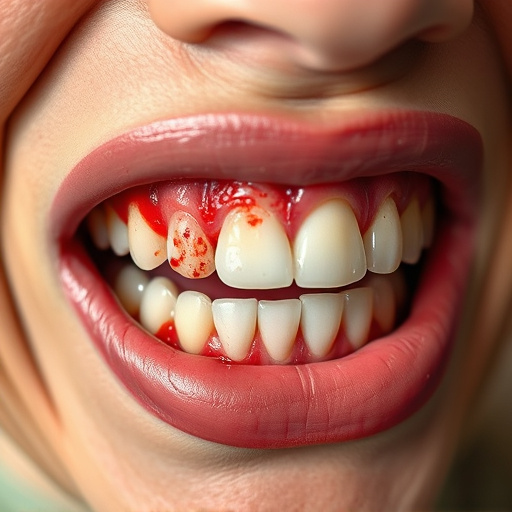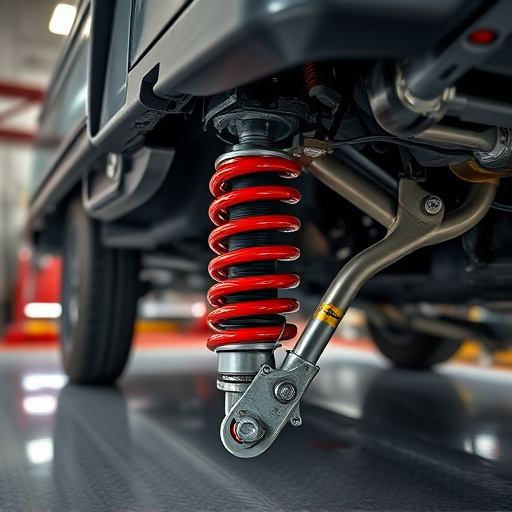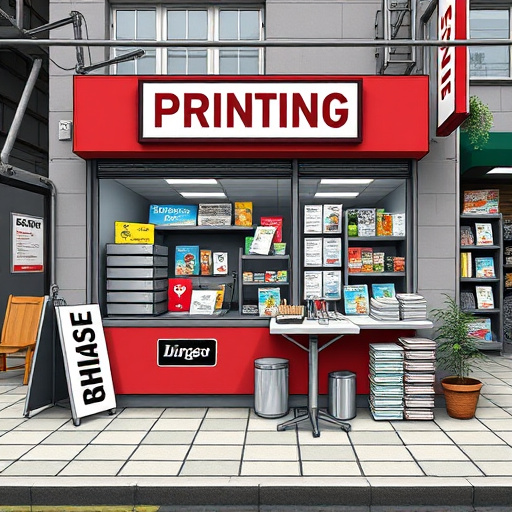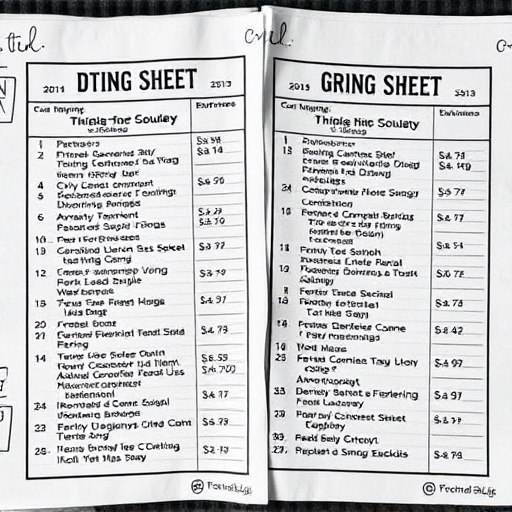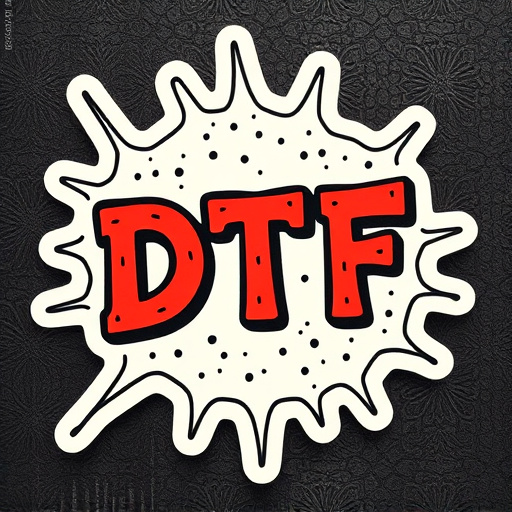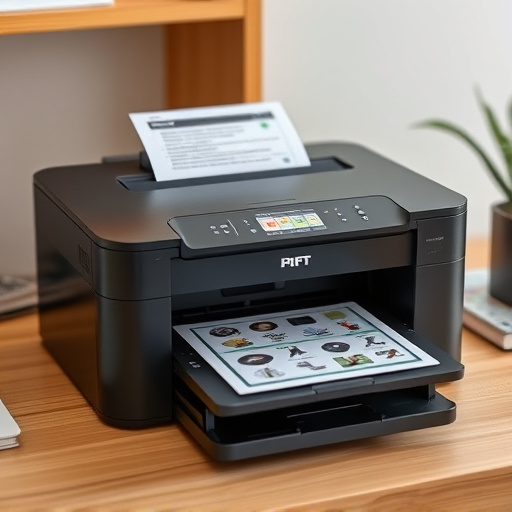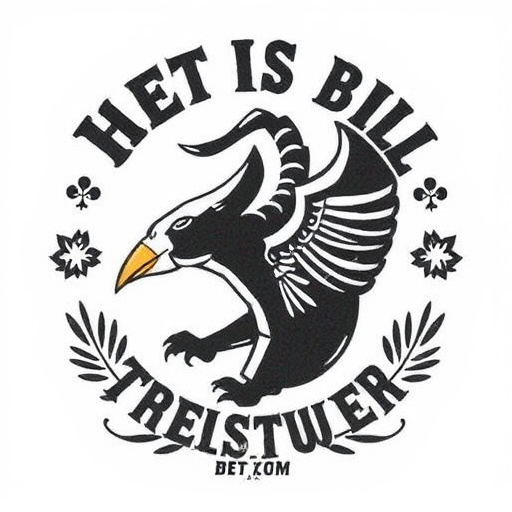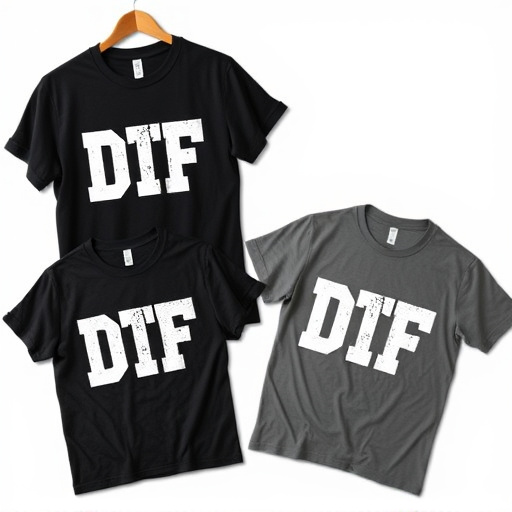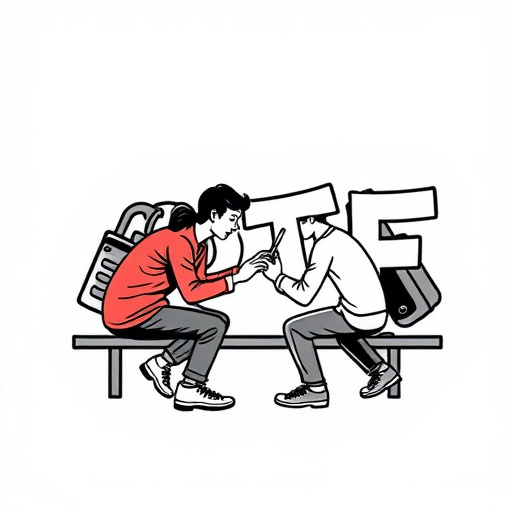The Direct to Fabric (DTF) printhead enhances custom garment decoration with precise, vibrant prints. Understanding DTF functionality and troubleshooting common issues like blocked nozzles and misaligned prints is crucial. Regular cleaning, proper paper and sheet usage, firmware updates, and maintenance ensure high-quality, adhesive-free DTF transfers from your printer.
Are you experiencing issues with your DTF transfers printer? This comprehensive guide is designed to help you navigate and troubleshoot common printhead problems. We’ll start by demystifying the functionality of DTF printheads, highlighting their role in precise and efficient material application. Then, we’ll identify typical issues like clogs, misalignments, and performance bottlenecks. Finally, we’ll walk you through effective troubleshooting steps to get your printer back up and running smoothly.
- Understanding DTF Printhead Functionality
- Identifying Common Printhead Problems
- Troubleshooting Steps for Effective Repair
Understanding DTF Printhead Functionality
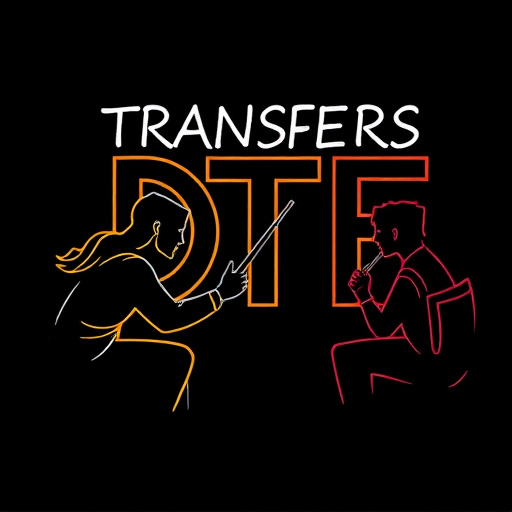
The DTF (Direct to Fabric) printhead is a game-changer in the world of printing custom sheets for heat pressing designs onto garments. This technology allows for precise and vibrant transfers, making it a favorite among folks who hustle and bustle with garment decoration. Understanding how the DTF printhead functionality works is crucial when troubleshooting issues. DTF transfers use a special ink that bonds directly to the fabric during a heating process, creating a lasting design.
The printhead itself plays a vital role in this process by dispensing the ink precisely onto the substrate (typically a custom sheet). Issues like blocked nozzles or misaligned prints can arise due to various factors such as dust accumulation, outdated ink, or improper maintenance. Knowing the DTF meaning and how it differs from traditional printing methods is essential when navigating through potential problems. For instance, cold peel DTF transfers require specific settings and techniques to ensure a smooth finish without residual adhesive.
Identifying Common Printhead Problems

Identifying Common Printhead Problems in a DTF Transfers Printer
When it comes to troubleshooting printhead issues in a DTF Transfers Printer, understanding common problems is the first step. One of the most frequent challenges is blockages or clogs within the printhead nozzles. These obstructions can be caused by dried-out ink, foreign particles, or even mineral deposits from hard water. Another prevalent issue is ink leakage, which may result from faulty connections or damaged seals around the printhead. Users often face problems with inconsistent print quality, including faint or streaked images, which could indicate issues with ink flow or pressure regulation.
Additionally, a DTF printer might experience difficulties in maintaining proper alignment, leading to misregistered prints and distorted designs, especially when dealing with custom dtf transfers. Regular cleaning and maintenance, including periodic head-cleaning cycles and thorough nozzles checks, are essential to prevent these problems. Knowing the signs of such issues enables users to take proactive measures, ensuring optimal performance from their DTF printers and delivering high-quality custom dtf transfers every time.
Troubleshooting Steps for Effective Repair

When troubleshooting printhead issues in a DTF Transfers Printer, start by visually inspecting the printhead for any signs of damage or debris buildup. Cleanse the printhead gently with compressed air to remove dust and other particles. Ensure the printhead is properly aligned; misalignment can cause smearing or missing dots in the final DTF prints.
Next, check the quality of your DTF heat transfer paper and DTF transfer sheets. Using old or low-quality materials can lead to inconsistent printing. Replace any faded or damaged media. Verify that the printer’s firmware is up-to-date; outdated software might cause compatibility issues with specific DTF prints. Lastly, clean or replace the printhead as needed and try a test print to ensure optimal performance.
When dealing with printhead issues in a DTF Transfers Printer, understanding the technology and identifying common problems is the first step. Once these are established, the provided troubleshooting steps offer effective solutions to ensure your printer functions optimally. By following these guidelines, you’ll be able to efficiently navigate through potential challenges, ultimately enhancing the reliability and performance of your DTF Transfers Printer.
